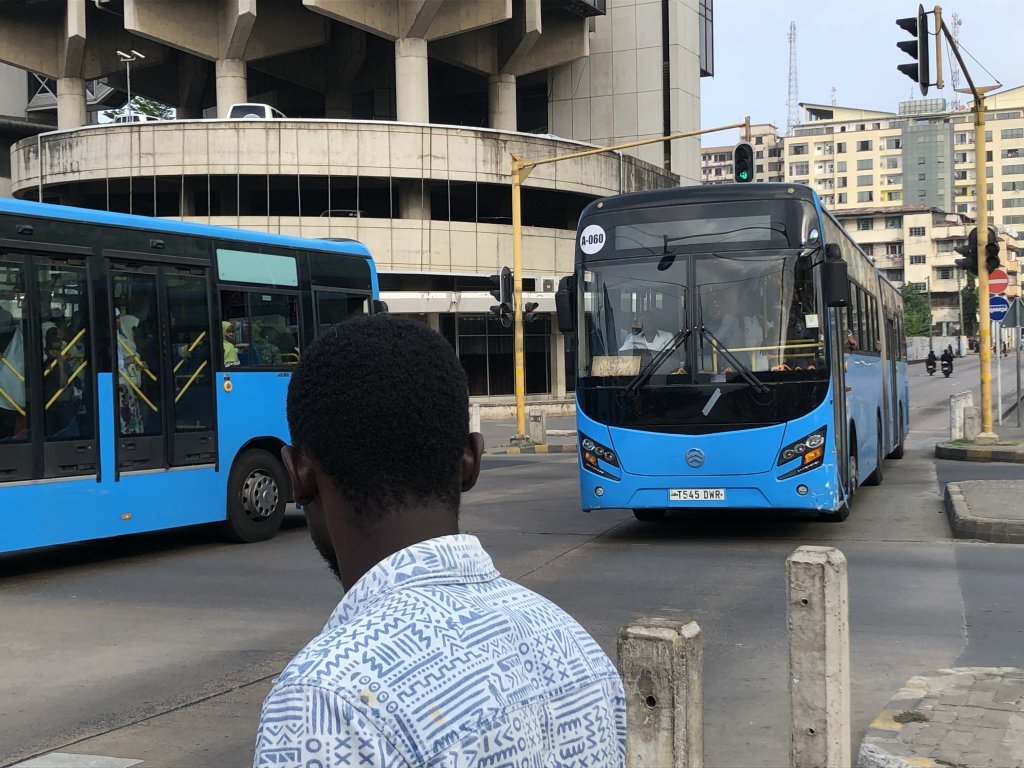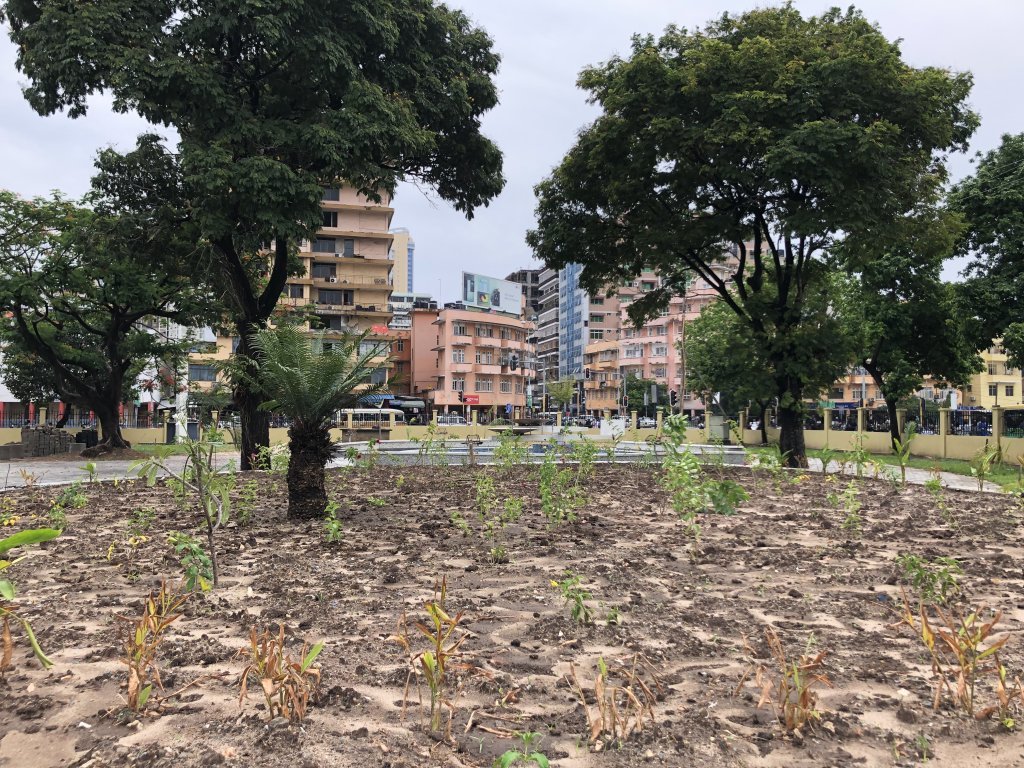Dar es Salaam aims to become a sustainable megacity
NDF provided five million euros in funding to a development project financed by the World Bank and implemented by the Government of Tanzania. The project helped build urban resilience as well as mitigate and adapt to climate change.
Dar es Salaam, Tanzania, has growing pains. Over five million people already call it home, yet due to rapid urbanisation they face constant demands for new city services and infrastructure. To make matters more challenging, the city must develop under the shadow of climate change. In 2015, NDF partnered with the Government of Tanzania and the World Bank in the Dar es Salaam Metropolitan Development Project to build a sustainable city.
A city needs clean, safe and reliable transportation, but Dar es Salaam had problems to solve. People spent nearly three hours every day stuck in traffic in their heavily polluting personal vehicles. Only 25 per cent of roads were paved, so they could turn into muddy quagmires in rain or cause clouds of dust in dry periods. Cleaner public transportation options were lacking because local authorities were dependent upon central government funding and had outdated urban planning.
Making development sustainable
“The World Bank has supported Dar es Salaam for years, typically in basic infrastructure needs like roads and medical clinics,” says John Morton, Task Team Leader at the World Bank. “But more recently the climate related risks that come with urbanisation have become evident. How can we develop without exacerbating these issues?”
Rapid construction of settlements and infrastructure has replaced the natural landscape with concrete, causing urban heat islands and floods. Ironically, Dar es Salaam also struggles with water scarcity. Much of the population relies on the city water supply from rivers, while some rely on diminishing groundwater. During the last few years the city has had to introduce water rationing due to the limited water from the rivers which is putting further pressure on the groundwater supply.
“The idea for the project was to pursue climate change adaptation while improving transportation services and capacity,” explains NDF Program Manager Aage Jørgensen. “Transport is critical to sustainable development so lower-income communities can access urban services quickly and safely while minimising harm to the environment. When you build transportation networks you can also include climate change adaptation techniques, such as storm drainage systems or retention ponds.”

Better and cheaper nature-based solutions
NDF funded planning and technical support to maximise the benefits of the bus rapid transit system. Another component of the project was to strengthen operations and maintenance systems for both transportation and environmental authorities. For example, proper maintenance can help a city to better prepare for the rainy season, so assets are protected and mobility ensured, even with the increased storm severity caused by climate change.
“Part of NDF’s funding went to study nature-based, multipurpose solutions for flood control, which are often more efficient and less expensive than big concrete drainage systems,” Jørgensen continues. “For example, a bus station can include green areas with solar lighting for street vendors. New drainage pipes can lead to a small retention basin surrounded by plants. During heavy rains the water will flow into the pond and drain naturally into the soil instead of flooding.”
The project also had a clear gender focus. Women entrepreneurs set up stalls in public areas such as bus stations, so effort was made to take their access and safety into consideration. A Danish researcher is currently studying women traders in Dar es Salaam’s street markets, including how solar lighting affects their security and business.
“NDF is a ‘super donor’”
“NDF is a ‘super donor’ when it comes to these types of green projects,” Morton says. “Their funding allowed us to better understand how green spaces can reduce flooding and erosion, so we could develop guidelines how greening should be a part of infrastructure. This can be used to green roadsides, bike paths or drainage canals. These ideas are now mainstream for the second phase of the project.”
The USD 334 million project ran from 2015-2023. Morton says the positive benefits were even better than expected and Phase Two is now being developed.
“We hope the next stage will be even more climate-friendly,” says Morton. “NDF played a big part of that, because we learned a lot with them. They know this issue and how to go about sustainable development.”


